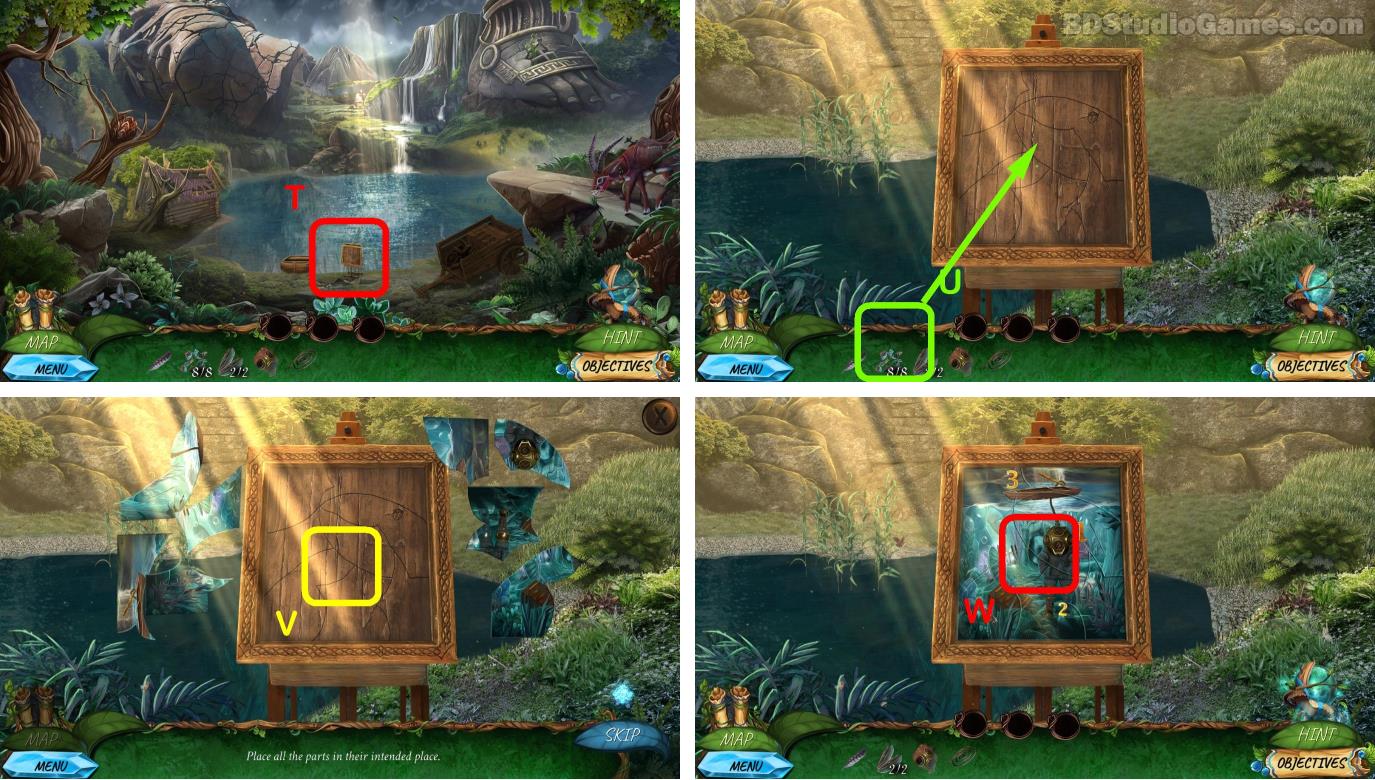
Perhaps this was the case when Wurdermann encountered the large flock of scarlet-colored birds as he was able to capture around 100 of them many of the birds were taken alive because they were molting. Occasionally, the flying feathers molt all at once, leaving them temporarily grounded. Generally, flamingoes molt their feathers little by little, so they can always fly. 4, 1857, when he came across a flock of about 500 flamingoes. Gustav Wurdermann was hunting northwest of Indian Key on Aug. As on that Key they are fond of resorting to the shallow ponds formerly kept there as reservoirs of water, for the purpose of making salt.” Benjamin Strobel, had reference to the Flamingoes, and I felt gratified by learning that he had killed a good number of them, and that he would assist us in procuring some. About their encounter, Audubon wrote: “When I reached Key West, my first inquiries, addressed to Dr. It would be Strobel who would show John James Audubon around Key West when he arrived in 1832.

His home was located on what is today the property of the Audubon House and Tropical Gardens on Whitehead Street. Strobel was a physician and editor of the Key West Gazette during his tenure in Key West.

Knowing that his friend was traveling to Key West, Bachman penned a letter of introduction that Audubon could deliver to Strobel. He also co-authored the book, “The Viviparous Quadrupeds of North America,” with Audubon. Bachman was a Charleston clergyman, recognized naturalist, collaborator and friend of Strobel. Benjamin Strobel, a man with whom he shared a mutual acquaintance named Dr. When he arrived at Key West, he sought a meeting with Dr. “I thought I had now reached the height of all my expectations, for my voyage to the Floridas was undertaken in a great measure for the purpose of studying these lovely birds in their own beautiful islands,” wrote Audubon. In addition to being his guide, Egan ran a boarding house on Indian Key, where Audubon spent the night. One of the reasons the namesake of the Audubon Society, John James Audubon, came to Florida in 1832 was to see the magnificent birds for himself.Īfter the long trip from Charleston, he observed a flock of flamingoes standing, wading or preening their bright feathers while exploring the Upper Keys with his guide, James Egan. Appropriately enough, the word flamboyance was chosen to describe a group of the long-legged, reddish birds with knobby knees and a curved black bill.

The name flamingo has a slightly strange origin story, as it comes from the Spanish word flamenco, which historically referred to the German word Flemish.Īccording to Merriam-Webster Dictionary, Flemish was “conventionally thought of as ruddy-complexioned.” Ruddy means red or reddish in color. The first use of the word flamingo dates back to the Spanish explorers navigating the waters of the New World in 1565.


 0 kommentar(er)
0 kommentar(er)
